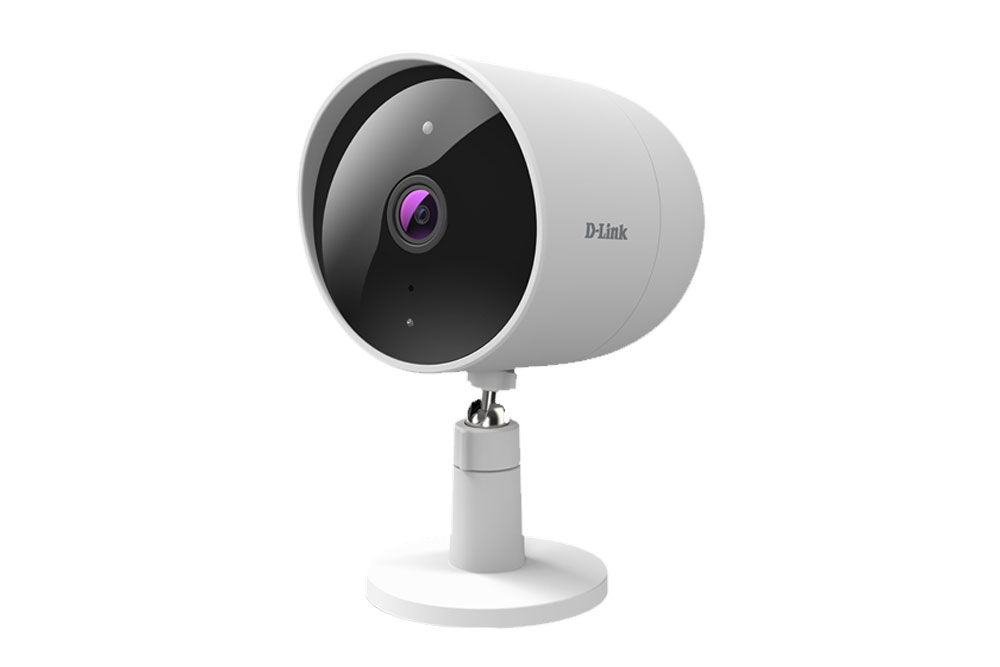Optus Mobile Review ALDI Mobile Review Amaysim Mobile Review Belong Mobile Review Circles.Life Review Vodafone Mobile Review Woolworths Mobile Review Felix Mobile Review Best iPhone Plans Best Family Mobile Plans Best Budget Smartphones Best Prepaid Plans Best SIM-Only Plans Best Plans For Kids And Teens Best Cheap Mobile Plans Telstra vs Optus Mobile Optus NBN Review Belong NBN Review Vodafone NBN Review Superloop NBN Review Aussie BB NBN Review iiNet NBN Review MyRepublic NBN Review TPG NBN Review Best NBN Satellite Plans Best NBN Alternatives Best NBN Providers Best Home Wireless Plans What is a Good NBN Speed? Test NBN Speed How to speed up your internet Optus vs Telstra Broadband ExpressVPN Review CyberGhost VPN Review NordVPN Review PureVPN Review Norton Secure VPN Review IPVanish VPN Review Windscribe VPN Review Hotspot Shield VPN Review Best cheap VPN services Best VPN for streaming Best VPNs for gaming What is a VPN? VPNs for ad-blocking For example, one of the key selling points of the DCS-8320LH is that it is waterproof and can be used outdoors, so you can lean in there and call this the ‘D-Link Woodsman’ and appeal to the back-to-nature hipster set. Or seeing as one of the key uses of an outdoor camera is to deter ‘porch pirates’ this could be the ‘D-Link Porch Police’. I’ll admit that the process of cooking up a catchy name is difficult, and that my suggestions suck, but in a world of Homepods and Nest Cams, a good name goes a long way. The camera connects to your Wi-Fi network directly, meaning you don’t need to invest in a central hub for it to connect to. This cuts out a chunk of the cost of cameras from competitors like Arlo and Eufy. Setting up the camera was a breeze thanks to the easy-to-use D-Link App. Image-wise, the 8320 has a 2-megapixel image sensor and can record at 1080p at 30 frames-per-second. This is pretty standard for security cameras, especially those in the $200 - $400 price bracket. In our tests, the image was sharp, colourful and clear. At night time, the image remains bright and easy to see thanks to a decent night mode. As mentioned above, the D-Link app is well designed and the setup process for the camera was simple, but we did struggle to use the app afterwards. For the first few days after we set up the camera we couldn’t log in to see the live feed from inside the app. We could see the feed via a web browser on a laptop and from inside the Google Home app on the same phone. Just as we were giving up hope (and a few days later) it finally started working out of the blue. Then it stopped again. Now it’s working again. Years of reviewing gadgets has taught me, among other things, to be persistent when faced with inconsistent software, but I suspect someone who bought this camera might have given up sooner and returned it for a refund. We’d also like to see the Person recognition software given a bit of a tweak too. We’ve installed using D-Link’s guidelines of between 2m to 2.5m off the ground, and we’ve found the results of its recognition software to be hit and miss, especially after dark. For the period of time that the camera sat above my door, I’d estimate it notified me about half of the times someone wandered down the path to my door, and almost of all of these happened during daylight hours. After sundown, the camera missed a number people coming to the door, but also notified me regularly when it spotted the headlights of passing cars. The problem, of course, is that if the camera doesn’t detect someone coming to the door, then it doesn’t record the moment. If a burglar were to come down the driveway, I’d have a 50/50 chance of being able to view a recording of this person’s face. I’d really like the odds of this to be much higher. To be fair, D-Link does offer free access to its cloud service, where video from up to 3 cameras will be stored for 24 hours. For more, you choose how long you’d like video stored: 7-days for USD$2.49 per month, 14-days for USD$4.99 per month, or 30-days for up USD$9.99 per month. Cloud storage has numerous conveniences, but price-wise, you might be better off investing in local storage. You can buy 128GB cards for under $50 these days.
